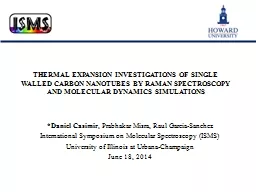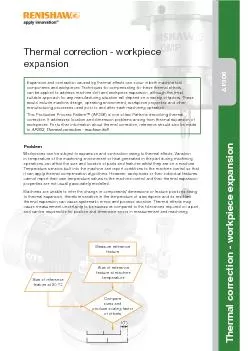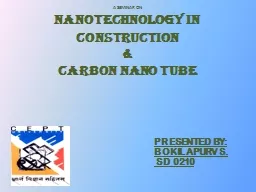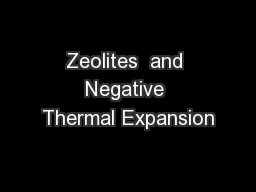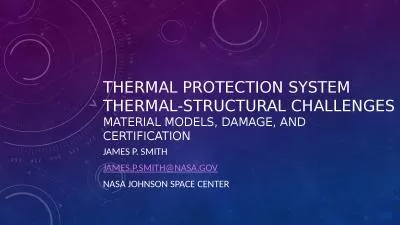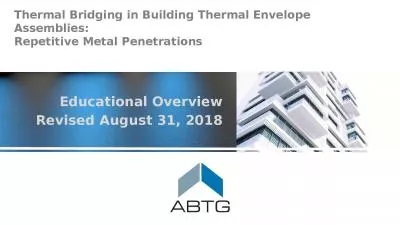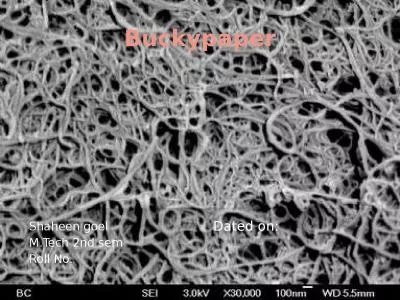PPT-THERMAL EXPANSION INVESTIGATIONS OF SINGLE WALLED CARBON NA
Author : pasty-toler | Published Date : 2017-10-28
Daniel Casimir Prabhakar Misra Raul GarciaSanchez International Symposium on Molecular Spectroscopy ISMS University of Illinois at UrbanaChampaign June 18 2014
Presentation Embed Code
Download Presentation
Download Presentation The PPT/PDF document "THERMAL EXPANSION INVESTIGATIONS OF SING..." is the property of its rightful owner. Permission is granted to download and print the materials on this website for personal, non-commercial use only, and to display it on your personal computer provided you do not modify the materials and that you retain all copyright notices contained in the materials. By downloading content from our website, you accept the terms of this agreement.
THERMAL EXPANSION INVESTIGATIONS OF SINGLE WALLED CARBON NA: Transcript
Download Rules Of Document
"THERMAL EXPANSION INVESTIGATIONS OF SINGLE WALLED CARBON NA"The content belongs to its owner. You may download and print it for personal use, without modification, and keep all copyright notices. By downloading, you agree to these terms.
Related Documents

